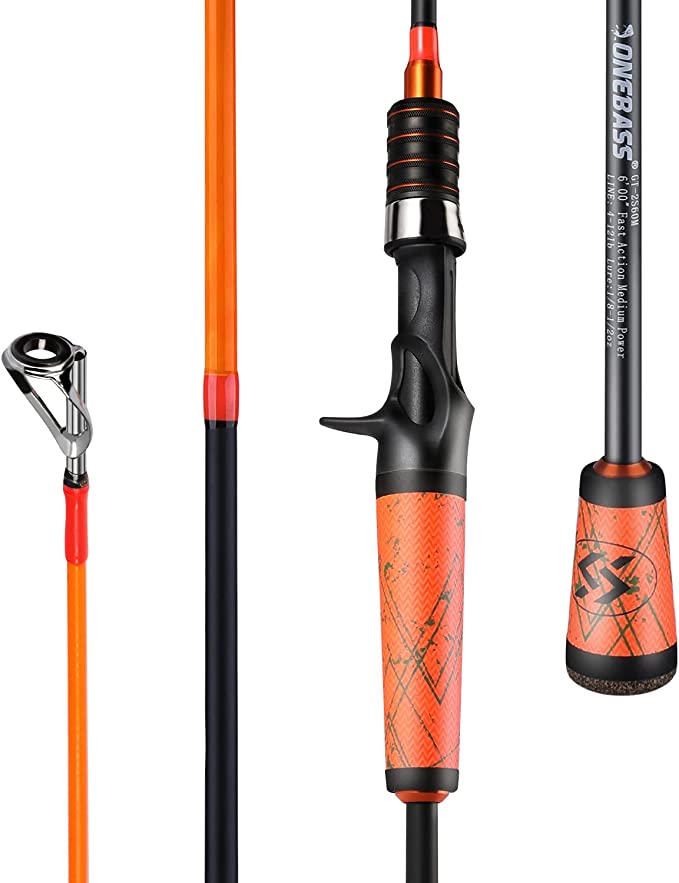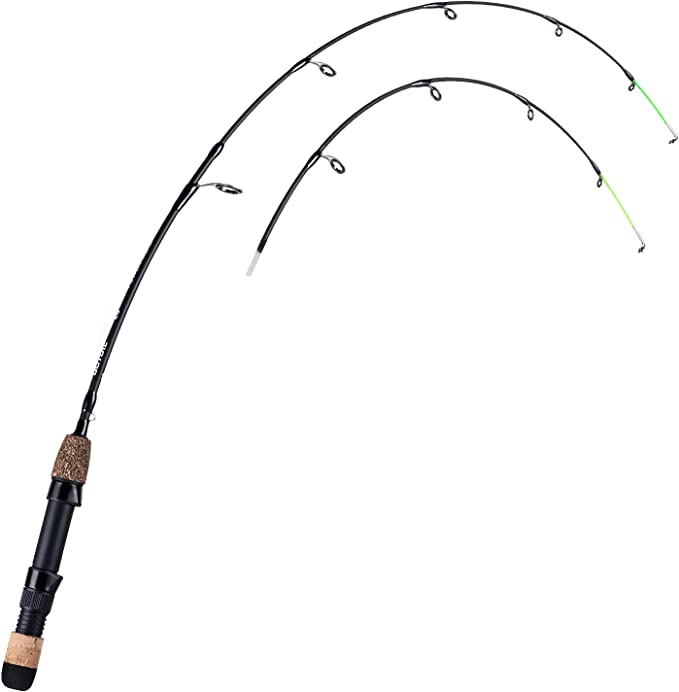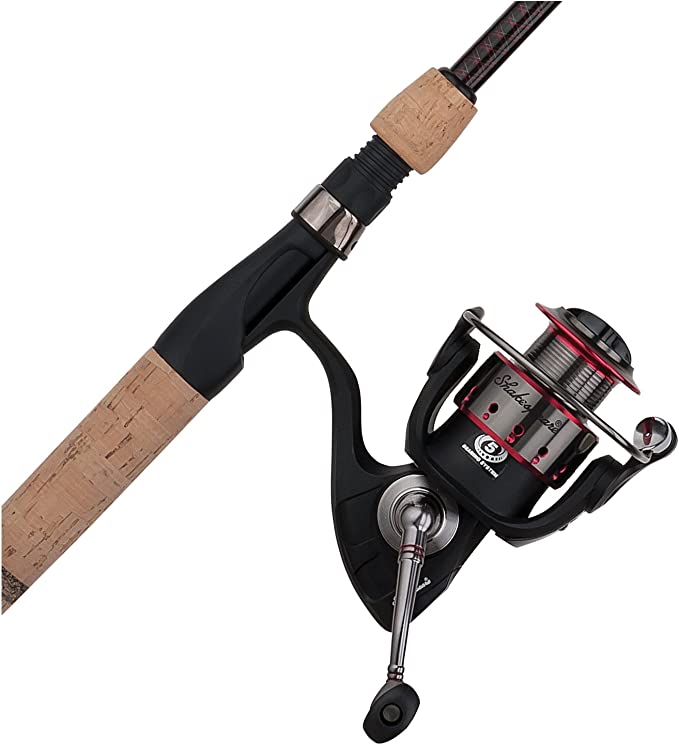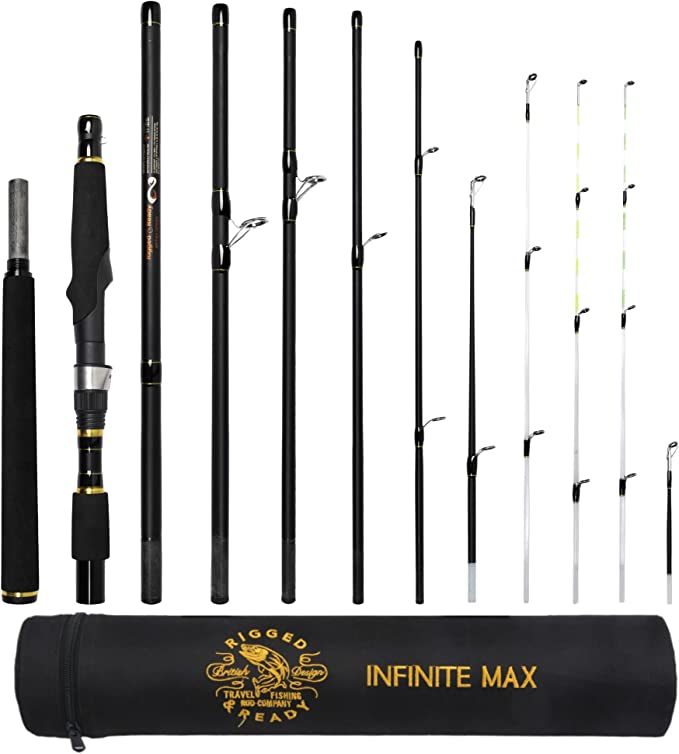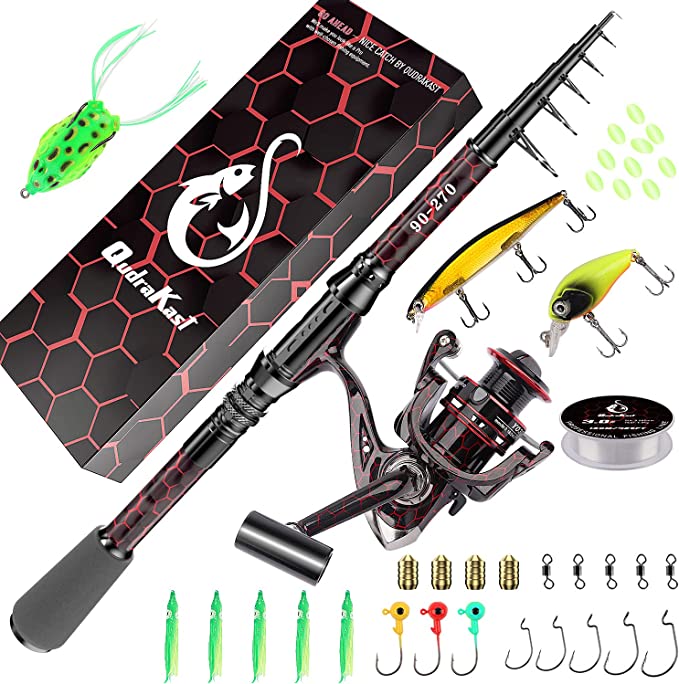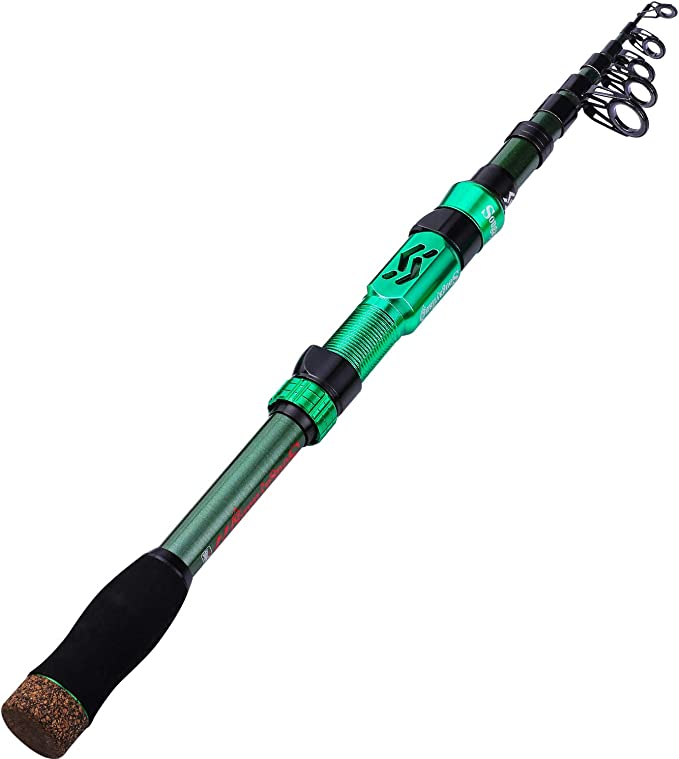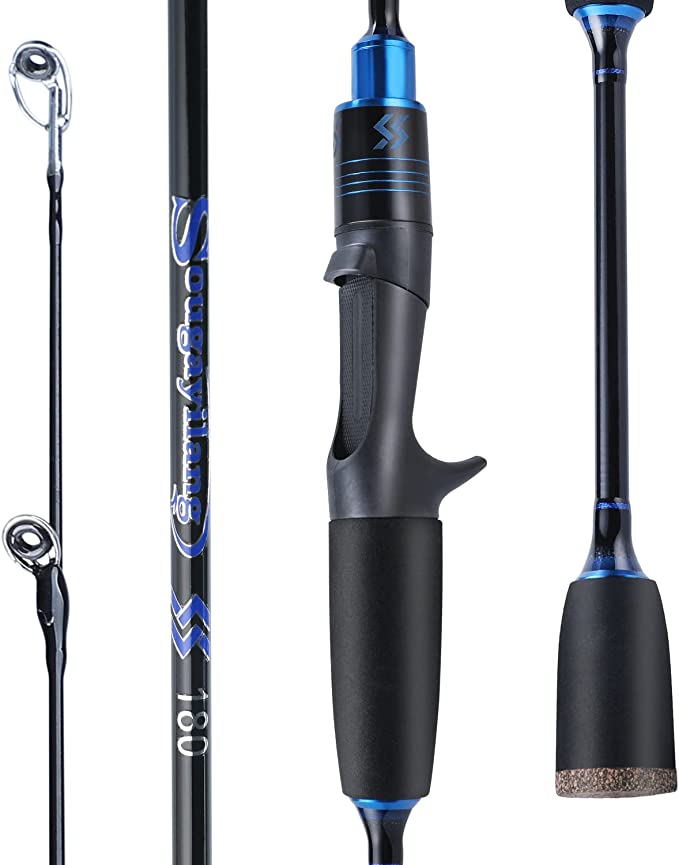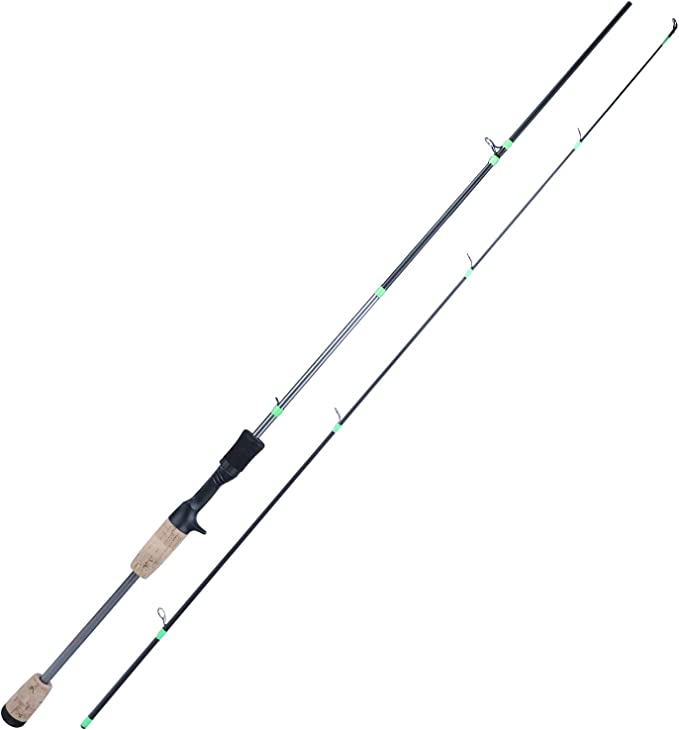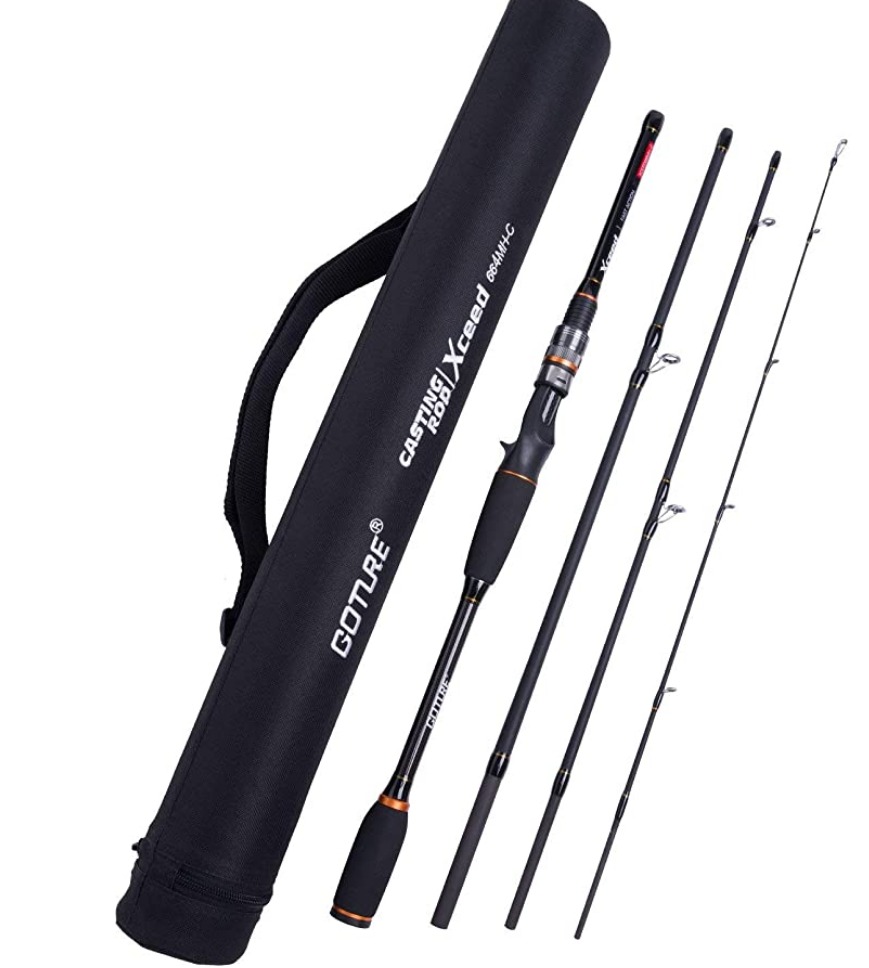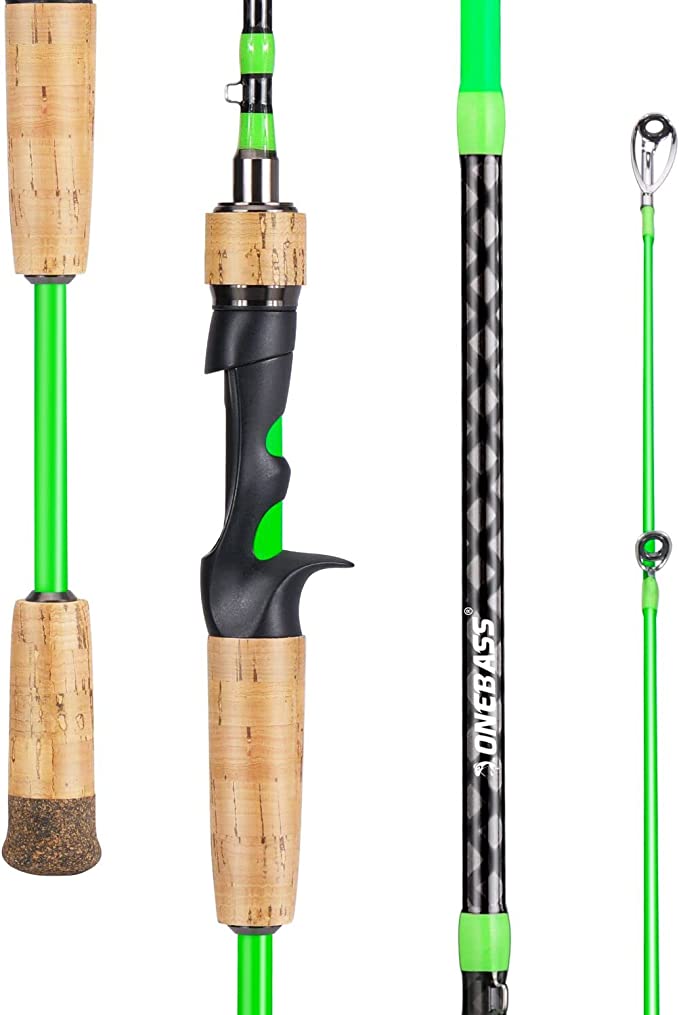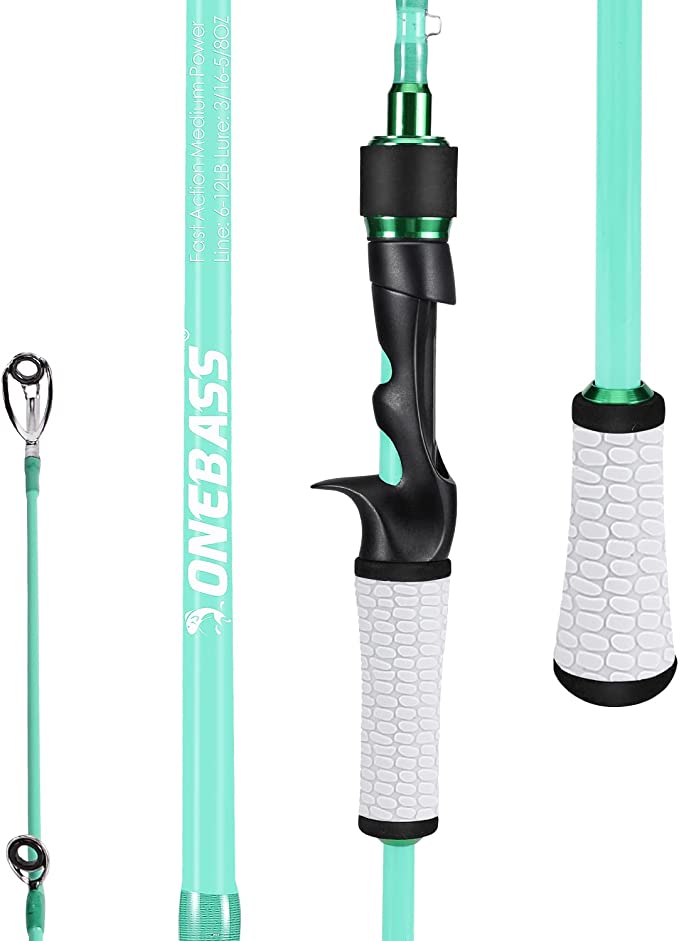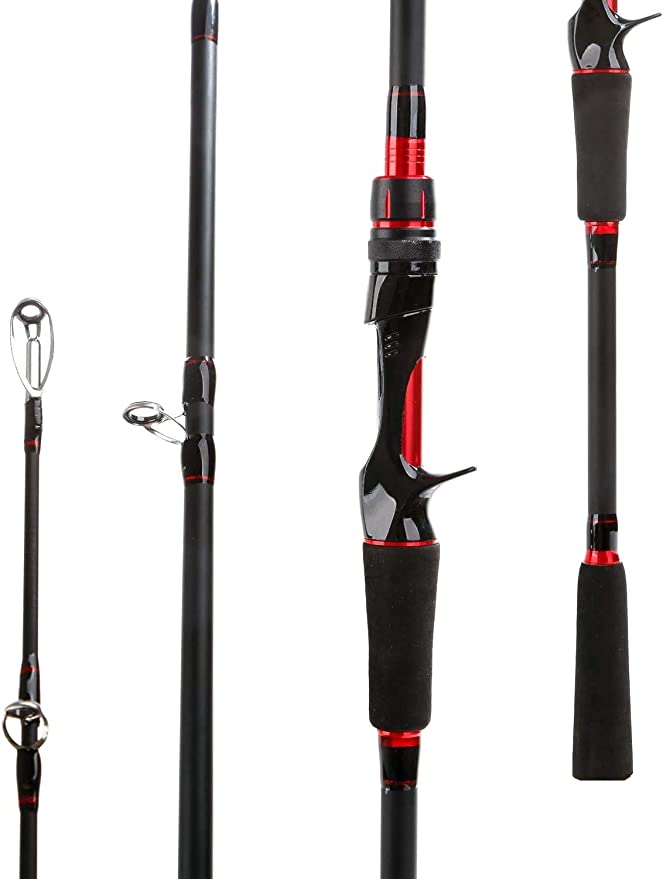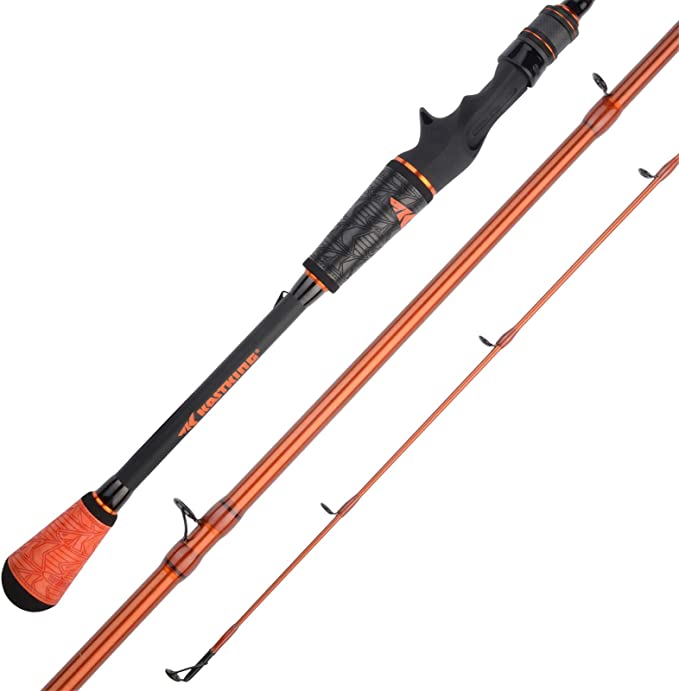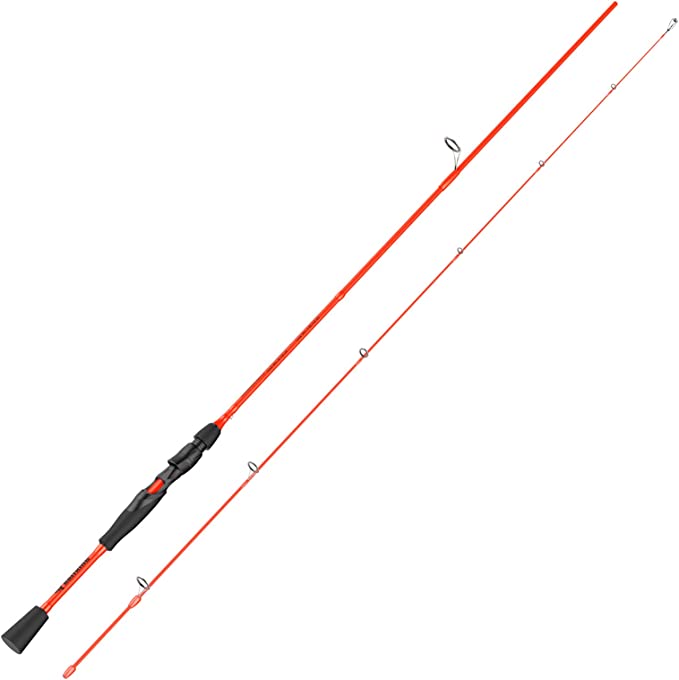Fitzgerald Fishing Matrix Shad: The Ultimate Inshore Rod for Paddle Tail Enthusiasts
Update on Aug. 1, 2025, 7:11 a.m.
The air in the salt marsh holds a unique stillness at dawn, a quiet broken only by the call of a distant wading bird and the gentle lapping of the tide against spartina grass. To the casual observer, it is a scene of tranquil monotony. But to the inshore angler, it is a library of whispers. Every subtle shift in current, every nervous flicker of a baitfish school, every change in the texture of the bottom tells a story. The ultimate challenge, and the greatest reward, is learning to read this language. And the pen you use to read it is your rod.
This is not a poetic exaggeration; it is a fundamental truth of angling. The connection between you and your lure is a conversation conducted through a thin, braided line. The lure, hundreds of feet away, is constantly sending back information: “Now I’m ticking over an oyster bed… now dragging through soft mud… that was a blade of grass… that was a fish.” The problem is that this conversation is often lost in transmission. A poorly designed rod acts like a bad translator, muffling the critical signals with its own internal noise and damping the faint vibrations that matter most. It tells you something is happening, but it can’t tell you what.
This is where the concept of a fishing rod transcends being a mere stick and becomes a high-fidelity information system. A truly great rod is engineered with a singular purpose: to maximize the signal-to-noise ratio, ensuring the vital information from the lure reaches your hand with absolute clarity. The Fitzgerald Fishing Matrix Shad rod, born from the mind of paddle tail bait expert Chas Champagne, serves as a masterclass in this very principle. It’s a tool designed not just to cast, but to listen.
The Heart of Perception: Vibration and the Carbon Fiber Blank
At the core of this system lies the blank, the rod’s soul. Its sensitivity—its ability to transmit feeling—is not magic, but a direct function of material science. The key principle is the Modulus of Elasticity, a measure of a material’s stiffness and its efficiency in transmitting vibrational energy. The high-modulus carbon fiber used in the Matrix Shad rod acts less like a solid bar and more like the soundboard of a finely crafted guitar.
When a guitar string is plucked, its vibration travels through the bridge to the soundboard, which then resonates and amplifies the sound. Similarly, the faintest tap on your lure creates a wave of energy that propagates up the fishing line and into the rod. A high-modulus blank, being incredibly stiff for its weight, allows this wave to travel with minimal energy loss or distortion. It doesn’t absorb and deaden the signal like a lesser material; it transmits it faithfully. This is how you can distinguish the hard, sharp tick of a rock from the softer, more absorbent thump of a flounder inhaling your bait—a subtle difference that is the very definition of a detectable strike. The rod becomes an extension of your own nervous system, translating imperceptible underwater events into distinct tactile sensations.
The Pathway for Power: Physics of the Cast and Guide Design
If the blank is the nervous system, the guides are the nerve synapses—critical junctions that can either facilitate or impede the flow of information. Every cast is a battle against friction, a fundamental law of physics. As line unspools from the reel at immense speed, it naturally wants to slap against the rod blank. The guides are there to tame this chaos, but traditional designs can introduce their own significant friction, robbing the cast of both distance and accuracy.
The American Tackle Vortex Air Guides on the Matrix Shad tackle this problem with elegant engineering. Their forward-slanted, ring-lock design creates a smoother, more direct pathway for the line. It minimizes the points of contact and reduces the severity of the line slapping against the guide rings. Think of it as the difference between a clear fiber-optic cable and an old, crackling phone line. By creating a pathway of least resistance, the guides allow the energy you put into the cast to be transferred more efficiently to the lure. This is especially critical for the lightweight soft plastic paddle tails this rod was designed for, enabling you to make longer, quieter, and more precise presentations to wary fish.
System Integration: Where Design Meets Ecology
A collection of high-end parts does not automatically create a high-performance tool. The final piece of the puzzle is the system’s integration, where engineering meets a deep understanding of the target environment and its inhabitants. The 6‘4” Medium Fast Casting model, for instance, is a deliberate choice. Its length provides the necessary leverage for casting distance while remaining compact enough for accurate, underhand pitches around docks and mangrove roots.
The “Medium Fast” action, governed by the principles of Hooke’s Law (which describes how an object deforms under load), means the rod bends primarily in its upper third. This allows for subtle lure manipulation with just a flick of the wrist, but it also provides a solid backbone deeper in the blank. When you get a bite from an ambush predator like a flounder or redfish, which often involves a quick inhale rather than a violent strike, this fast action allows for an immediate transfer of power to drive the hook home before the fish can spit the lure. The entire system—the sensitive blank, the low-friction guides, and the purpose-driven action—works in concert, a tool perfectly tailored to the ecological niche it is designed to conquer.
To wield such a rod is to experience a new level of clarity and connection. It’s the difference between watching a grainy, black-and-white television and seeing the world in high-definition. The satisfaction comes not just from the fish you land, but from the deep understanding of how and why you landed it. You felt the bite not by chance, but by design. And in that moment of perfect communication between angler, tool, and nature, you find the true essence of the sport. The final inclusion of a Limited Lifetime Warranty feels less like a marketing point and more like a quiet, confident signature from the engineers—a final testament to a system built to perform, to last, and above all, to inform.
